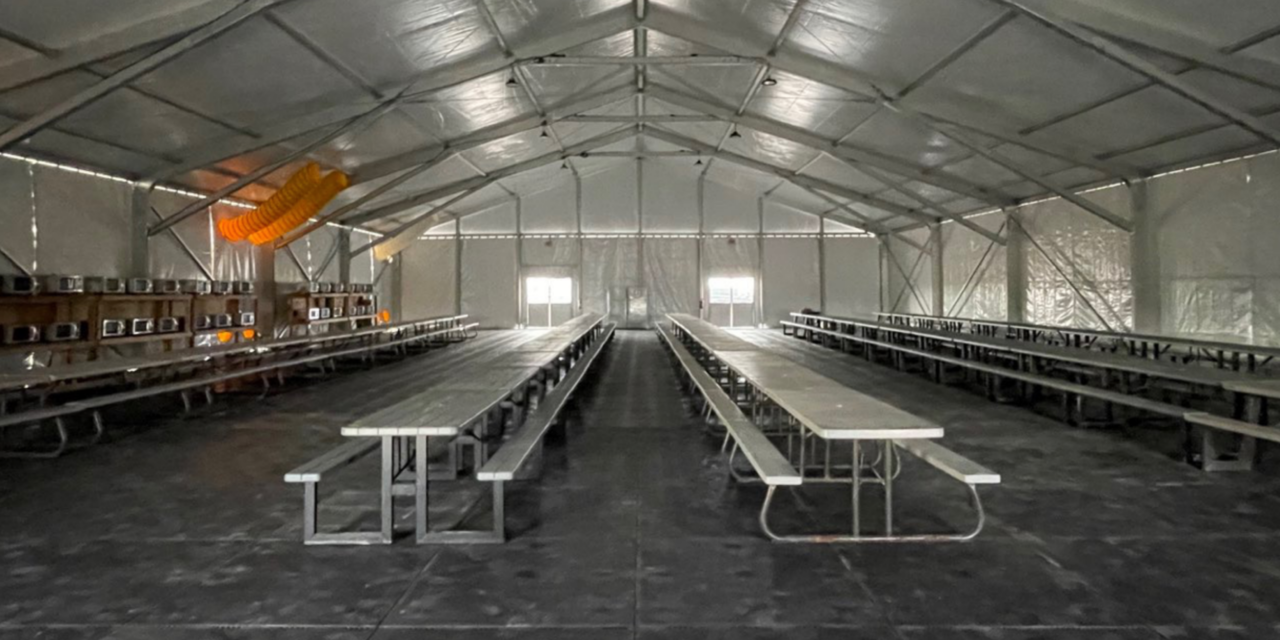The industrial manufacturing sector thrives on continuous operations to maximize production capacity and achieve a competitive edge. However, inevitable plant turnarounds and shutdowns can disrupt this flow, leading to potential losses. With that being known, the necessity for in-depth planning cannot be understated. Strategy and execution of these events require meticulousness for mitigating losses and maximizing efficiency.
This blog brings up some crucial strategies to help reduce losses during industrial/manufacturing turnarounds and shutdowns.
Understanding Turnarounds and Shutdowns
Turnarounds, also known as planned shutdowns, encompass high-stakes work aimed at facility maintenance, revitalization, or upgrading. This process is crucial for ensuring the plant continues to run safely, and efficiently, and complies with regulatory standards.
Shutdowns can be further categorized as:
- Planned Shutdowns: These are scheduled events designed for maintenance, inspection, or modifications.
- Emergency Shutdowns: These occur when unforeseen events, such as equipment failure or natural disasters, force plant operators to halt operations immediately.
Both turnarounds and shutdowns are highly regulated processes that require strict adherence to safety protocols. They also place a heavy burden on plant personnel and resources, which can lead to an increased risk of injuries and accidents. Because of this, it’s important for organizations to have a comprehensive strategy in place before starting any type of maintenance activity.
Strategies for Mitigating Losses
An effective loss mitigation strategy can help to reduce the impact of downtime on your business. It’s essential for all organizations to have an effective loss mitigation strategy in place. This will help you to reduce the adverse impact of downtime on your operations and make sure that the organization continues to run smoothly.
1. Comprehensive Planning
An accurate and detailed plan, including scope definition, resource allocation, and timelines, is essential for successful turnarounds. Regular communication between stakeholders ensures that everyone is on the same page, which is critical for reducing delays and complications. By identifying potential problems beforehand and developing contingency plans, you can mitigate risks and minimize losses.
2. Create a Detailed Schedule
A well-organized master schedule helps streamline turnaround events. This involves determining crucial milestones, developing a detailed project timeline, and assigning roles and responsibilities accordingly. A clear schedule allows managers to track progress and make necessary adjustments.
3. Regularly Monitor and Assess Progress
Routine progress monitoring ensures that the project stays on track and prevents bottlenecks. Real-time tracking allows you to make adjustments on the fly, helping you minimize downtime and complete the turnaround more efficiently. Schedule frequent check-ins with team leaders to facilitate quick responses to emerging issues.
4. Leverage Technology and Tools
Employing technology and tools, such as project management software, can help streamline processes, enhance communication, and improve data analysis. Additionally, consider using digital documentation and databases to reduce paperwork and improve accessibility. The right tools can help you execute a smooth turnaround, minimizing delays and complications.
5. Invest in Employee Training
Human resources play a significant role in minimizing losses during turnarounds. Investing in employee training helps ensure that your team is skilled, knowledgeable, and prepared to handle complex and high-stakes tasks. Adequate training programs can help reduce accidents, human error, and equipment damage.
6. Embrace the Importance of Safety
Safety is paramount during turnarounds and shutdowns. A strong safety culture helps prevent potential accidents, reduces liability, and promotes a healthy working environment. Ensure employees are trained to follow safety guidelines rigorously, and implement daily safety meetings. Maintaining a safe environment can decrease downtime resulting from accidents, improving overall operational efficiency.
7. Post-Turnaround Analysis
Every turnaround process can be improved further by learning from past experiences. Perform a comprehensive post-turnaround analysis to identify areas for improvement and develop strategies for future turnarounds. Identifying successes and shortcomings allows for more effective planning during future events, which is crucial in minimizing losses.
Highlights From Recent Turnaround and Shutdown Projects
To illustrate the effectiveness of comprehensive planning and innovation with tent structures during a turnaround/shutdown, let’s look at some real-life examples from the Lodging Solutions and Industrial Tent Systems team:
Mitigating losses during industrial turnarounds and shutdowns requires diligent planning, robust communication, and close monitoring.
By adopting the strategies outlined in this article, turnaround/shutdown projects like yours can improve the efficiency and effectiveness of turnaround processes. In turn, this enables plant operations to resume quickly and safely, minimizing lost production and ensuring long-term success in a competitive marketplace.




